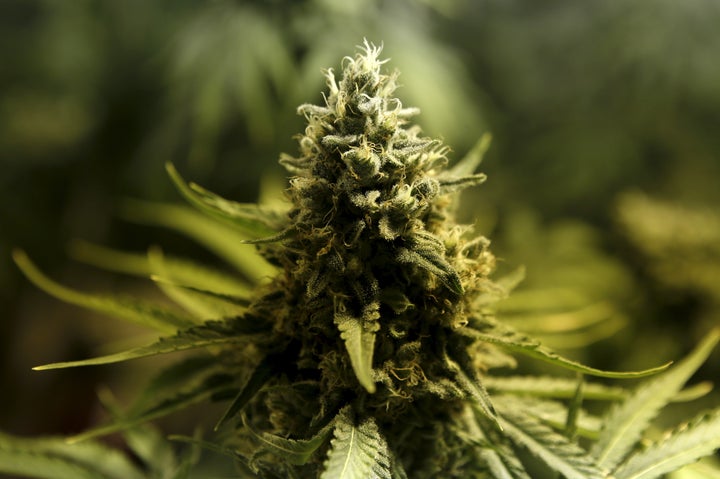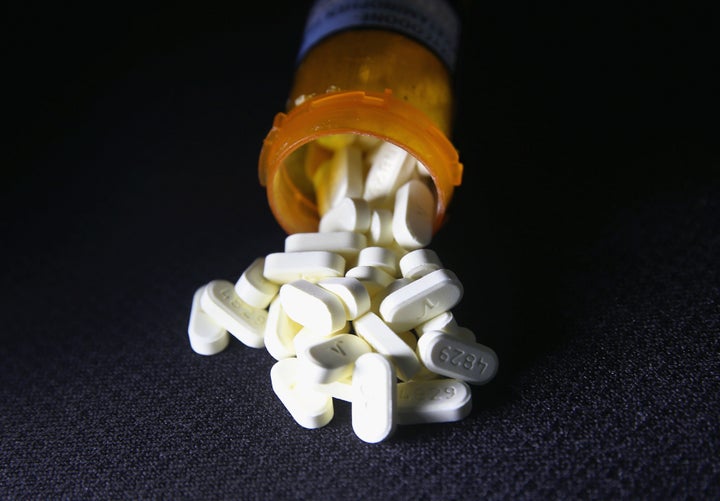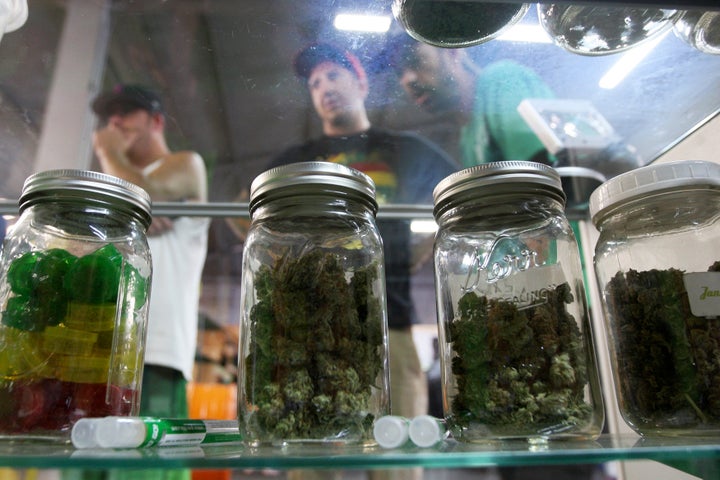
States looking for a way to reduce Medicare spending and prescription drug use may want to turn to legalizing medical marijuana, a new study suggests.
The District of Columbia and the 17 states that had medical marijuana as an alternative to prescription drugs in 2013 saved an estimated total of $165.2 million in Medicare program and enrollee spending that year, researchers at the University of Georgia reported in the journal Health Affairs this month.
“The results suggest that if all states had implemented medical marijuana the overall savings to Medicare would have been around $468 million,” a press release on the findings stated.

The researchers looked at prescriptions filled by Medicare Prescription Drug Plan (or Part D) enrollees from 2010 to 2013. They then narrowed the prescriptions down to ones that could be substituted with medical marijuana. Those prescriptions were for ailments that included anxiety, depression, glaucoma, nausea, pain, psychosis, seizures, sleep disorders and spasticity.
Their results found that there were fewer prescriptions filled for the majority of those categories. The pain category, for instance, saw a decrease in 1,826 daily doses, while the depression category saw a 265 daily dosage decrease.
As the researchers noted in their release, they specifically looked at glaucoma patients’ use of marijuana.
“It turns out that glaucoma is one of the most Googled searches linked to marijuana, right after pain,” Dr. David Bradford of the university’s School of Public & International Affairs, who co-authored the report, stated in the university’s release.
The eye disease can be extremely painful and lead to blindness for some patients. Those sufferers who use marijuana, however, can experience a 25 percent decrease in eye pressure that’s caused by the condition, according to the release.

The relief provided by marijuana only lasts about 60 minutes, however, and expecting patients to take it once an hour is considered “unrealistic,” they concluded. Because of that, they stated that they fully expected prescription drug use to remain strong for the disease even when marijuana was an available alternative.
As the university’s release notes, “they were not disappointed.”
Though there were fewer drug prescriptions written for the other ailments, the daily doses of prescribed glaucoma medications increased, they stated.
That led them to believe that medical marijuana users are not requesting prescriptions just to enjoy a high, but are basing their decision on medical needs.
“The results suggest people are really using marijuana as medicine and not just using it for recreational purposes,” the study’s lead author, Ashley Bradford, who completed her bachelor’s degree in sociology in May, said in a statement.
Speaking in a recent YouTube interview, Bradford expressed hope “that this research will influence and reform policymaking.”
Decreasing Americans’ use of prescription drugs may not just be of monetary benefit, but depending on the type of drug, could help fight Americans’ addiction to prescription painkillers as well.
The U.S. is in the midst of an opioid overdose epidemic, according to the Centers for Disease Control and Prevention.
In 2014 alone, opioids ― including prescription opioid pain relievers and heroin ― killed more than 28,000 people, more than any year on record. At least half of all those deaths involved a prescription opioid.
“We now know that overdoses from prescription opioid pain relievers are a driving factor in the 15-year increase in opioid overdose deaths,” the CDC states on their website. “Since 1999, the amount of prescription opioids sold in the U.S. nearly quadrupled, yet there has not been an overall change in the amount of pain that Americans report.”
Three of the most common prescription drugs involved in opioid overdose deaths were methadone, oxycodone and hydrocodone.
Today, 25 states and Washington, D.C., have some form of legalized medical marijuana.